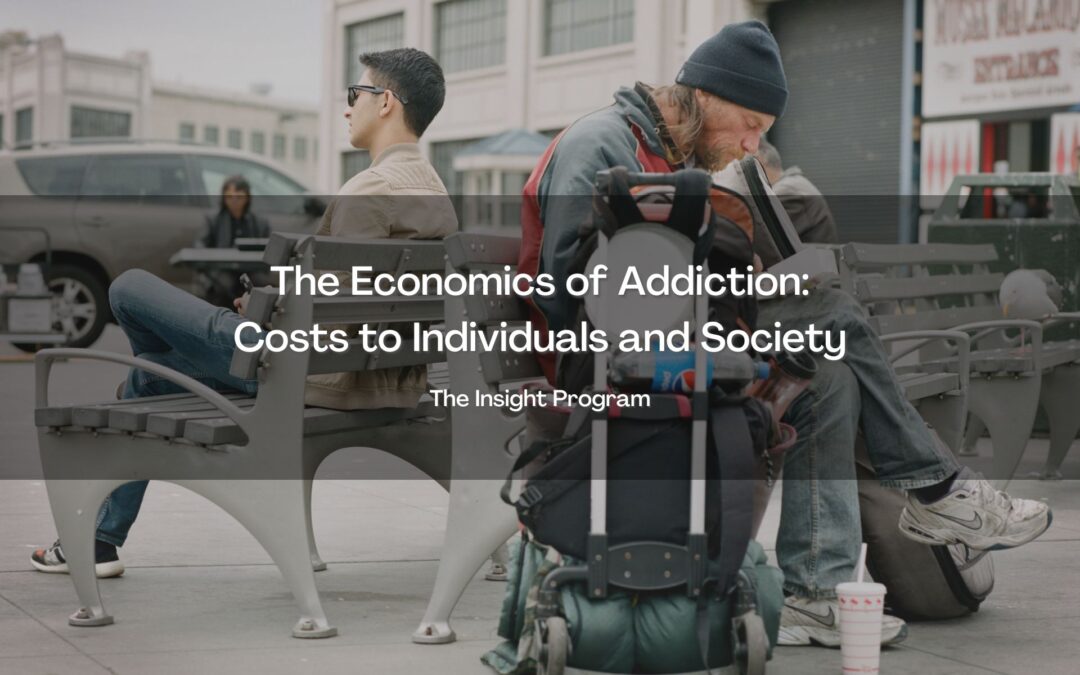When it comes to addiction, understanding the connection between socioeconomic status and substance misuse can shed light on how different groups of people are impacted by these issues. Socioeconomic status is typically measured using factors like education, income, and occupation, and it can have a significant influence on an individual’s likelihood of developing a substance use disorder.
Breaking Down Cultural Stereotypes
One common misconception is that addiction primarily affects the poor, who may turn to drugs and alcohol as a way to cope with the challenges of poverty. This stereotype can perpetuate social-class distinctions and inequality. However, the reality is that addiction knows no boundaries of wealth or social status. Addiction is now recognized as a disease that affects the brain and behavior, with no connection to moral failings.
The Impact of Economic Status on Substance Misuse
Unfortunately, a person’s economic status, particularly if they are living in poverty, can increase their risk of developing a substance use disorder. Poverty can lead to various challenges, including limited access to healthcare, financial stress, social judgment, and exposure to violent environments, all of which can influence a person’s relationship with drugs and alcohol.
Alcohol Abuse and Income Level
Income levels can affect alcohol use in different ways. While some might assume that financial stress and lack of education would lead to higher rates of alcohol misuse in lower-income communities, the reality is more complex. Alcohol use is prevalent in both lower and higher-income groups, albeit with some variations. Surprisingly, statistics show that alcohol use is more common among upper-class, highly educated Americans.
Opioid Addiction and Socioeconomic Status
Opioid addiction has been a growing concern, with a significant impact on various socioeconomic groups. Misuse of opioids, whether illegal or prescription, tends to be more prevalent among individuals in poverty or on Medicaid. Unfortunately, this subset of the population often faces barriers when seeking addiction treatment.
Homelessness and Substance Misuse
Homeless individuals are among the most vulnerable and socioeconomically disadvantaged groups. They face numerous challenges, including substance use disorders and mental illness, making it difficult to access treatment. For many, fulfilling basic survival needs takes precedence over seeking help for addiction or mental health issues.
Is Socioeconomic Status a Barrier to Addiction Treatment?
Socioeconomic status can indeed be a barrier to addiction treatment for some individuals. Reasons for not receiving treatment often include not being ready to stop using, a lack of healthcare coverage, and concerns about the impact on their job or community perception.
Paying for Addiction Treatment
If you’re wondering how to pay for addiction treatment, there are various options available, regardless of your income level. Many treatment facilities accept cash, private health insurance, Medicaid, and other forms of payment. Some facilities offer sliding scale options, which allow clients to pay based on their financial resources.
In conclusion, understanding the complex relationship between addiction and socioeconomics is essential for addressing the challenges and inequities in our healthcare system. Addiction affects people from all walks of life, and improving access to affordable treatment is a crucial step toward helping individuals and society as a whole.

